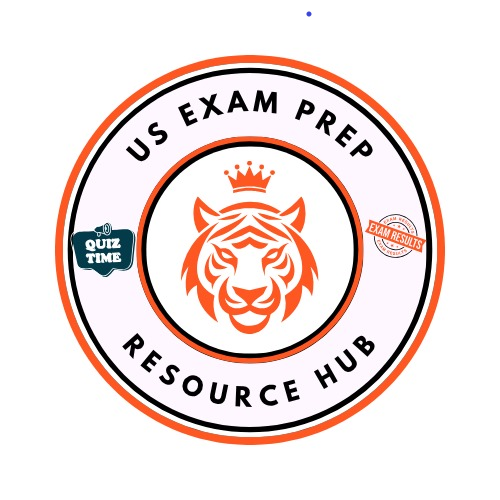Entry Exam Category: College Admission Exams
Course: Accuplacer
Exam: Accuplacer Reading Full-Length Practice Test
Practice Question
Extract
The act of producing art can be anything but romantic. To escape the blank page—the only thing on Earth as passive as yourself—you cast about for distractions, half-convinced that avoiding your project will shower some sort of mystical growth hormone on your ideas. Yet for some artists, such as William Carlos Williams, life and art were more than each other's palate cleansers. The poet-doctor saw his dual vocations as mysteriously fused. 'They are two parts of a whole,' he contended in his 1967 autobiography. 'It is not two jobs at all… one rests the man when the other fatigues him.' As a physician, Williams developed an antenna for the 'inarticulate poems' emanating from his patients, even as he resolved to 'use the material I knew' from practicing medicine in his writing. What, then, is the real relationship between art and trade? Agonistic? Complementary? The question—suggesting something like a creative sanctum shimmering a few meters above the room in which you punch a clock or schedule a meeting—supposes that aesthetic experience is categorically different from everyday experience, and that muse-fueled invention floats apart from earthier forms of productivity.
Which of the following statements does the passage most directly counter?
Answer Choices
- A: Having a non-arts job stifles and detracts from an artist’s creative work
- B: For people working in non-arts professions, art is more than just an entertaining distraction
- C: The poetry of William Carlos Williams exemplifies autobiographical poetry
- D: The public’s interest in the arts has declined over the last century
Correct Answer: A
Rationale: The passage directly challenges the assumption that a day job hinders artistic creativity. Through the example of William Carlos Williams, who balanced his work as a doctor and a poet, the passage argues that art and trade can complement each other. Williams found inspiration in his medical practice and even described the two jobs as mutually restorative, not conflicting. This counters the idea that non-arts work stifles creativity.
